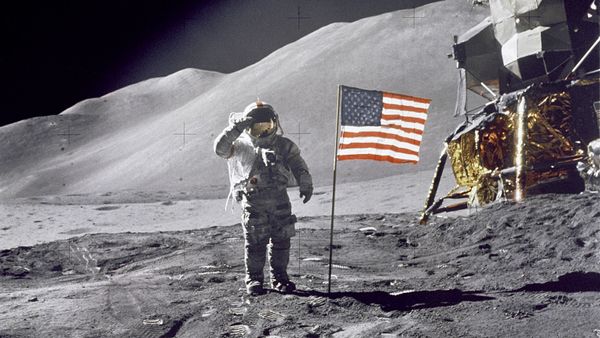Outer space can be very cold or very hot -- or both. Solar radiation is intense, but objects in the dark lose heat quickly. The temperature can vary by 275 degrees Fahrenheit (135 degrees Celsius) from one side of an object to the other [source: NASA Temperature]. As a result, scientists at the National Aeronautics and Space Administration (NASA) have had to come up with ways to warm, cool and insulate people and equipment.
The law requires NASA to promote the technologies it invents and develops for commercial use. Over the years, more than 1,300 NASA spinoffs have gone into commercial products. NASA engineers' efforts to tame the temperature extremes of space have created technologies that help keep us warm right here on earth.
Advertisement
The space blanket is probably the best-known NASA spinoff for keeping you warm. It was originally designed to protect against temperatures extremes in space and used on almost all manned and unmanned NASA missions.
To create the material that goes into a space blanket, NASA researchers deposited vaporized aluminum onto plastic. The result was a very thin but durable sheet of material that was very good at reflecting the infrared waves that created heat. The material could either reflect and preserve body heat or ward off the intense radiation of the sun [source: NASA Scientific Reflecting].
Space blankets were used as insulation in the suits that astronauts wore when walking on the moon. They also serve as a radiation barrier for instruments, protecting them from extreme temperatures. On earth, space blankets are available to hikers who need to preserve body heat. Spectators watching a football game in January also use them to keep warm in the stands.
An important use of space blankets is in medical emergencies like auto accidents. They are a light, convenient way to keep a victim from losing heat and suffering the effects of a low body temperature.
The Heatsheet is a variation of the space blanket. If you've ever seen the finish of a marathon race, you'll see a herd of runners wrapped in these lightweight heat reflectors. Heatsheets come individually or on perforated rolls. They provide passive warming until the runner reaches his or her clothes. In hospitals, the sheets are used to keep patients warm after an operation.
The material used in space blankets and Heatsheets is also available in the form of emergency shelters. A sleeping bag that weighs only 2.5 ounces (70.8 grams) can reflect 90 percent of body heat; it can save the life of a person who has to spend the night in a cold environment [source: NASA Scientific Reflecting].
NASA technology has led to other innovations in temperature control. We'll talk about some of them in the next section.
Advertisement


